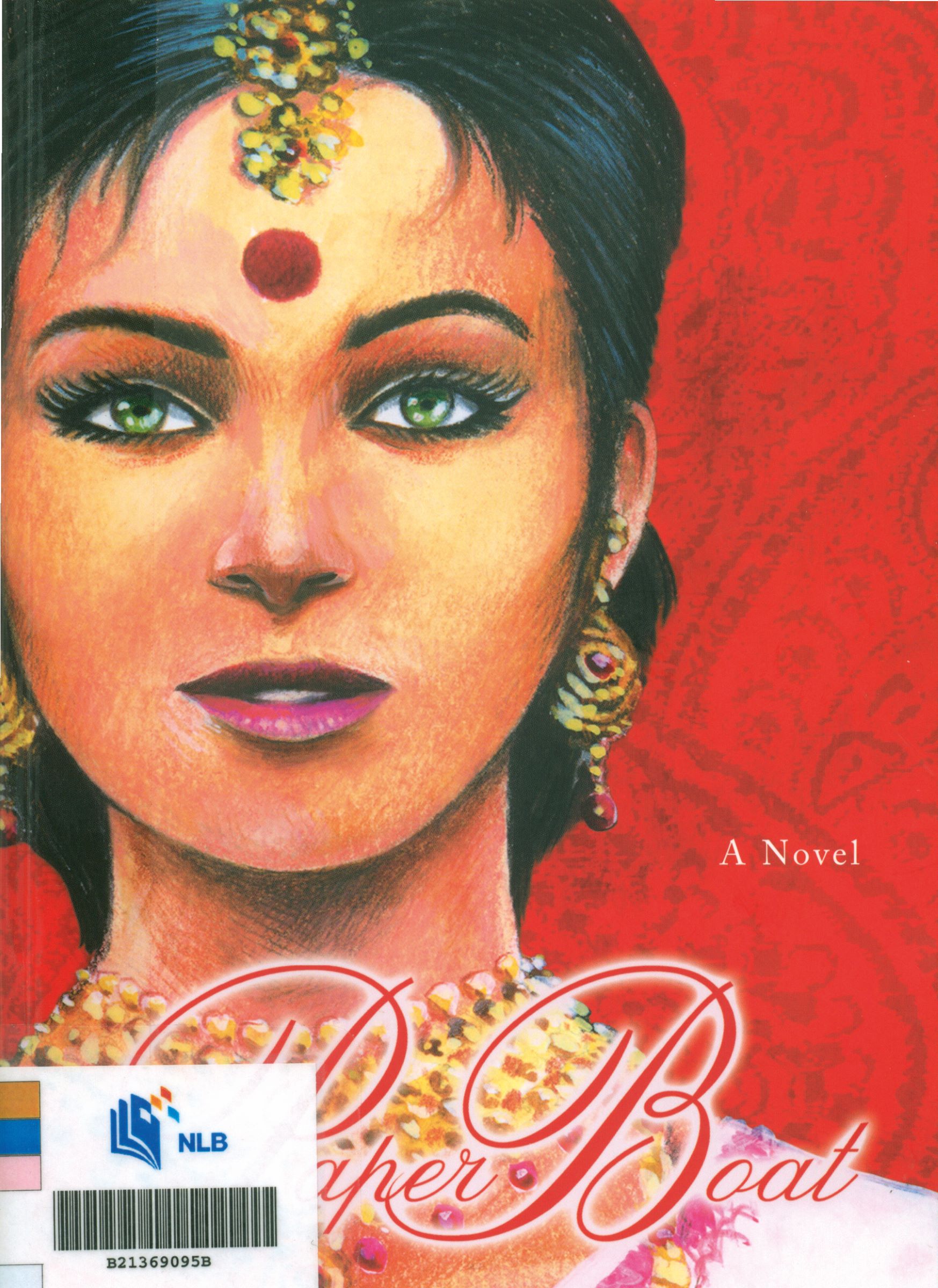Book Review – Paper Boat: A Convincing Tale
Executive Director of the National Book Development Council of Singapore R. Ramachandran gives a thoughtful and detailed review of Paper Boat by Rajat Das.

Introduction
I just wish to comment on two aspects of the book:
i) My experience of reading Paper Boat; and
ii)The significance of Paper Boat in Singapore’s publishing scene.
Story Structure
Writers basically adopt either one of two well-known story structures to tell their tales. One is the arc format that introduces the characters and provokes conflict, heightens tension and finally ends with resolution. The other is like a necklace in format along the arc – the main story line – on which hangs a series of independent side shows and stories. I think Rajat’s Paper Boat is like a necklace with lots of side stories that have potential to be developed into yet another series of novels.
Paper Boat
Paper Boat’s main story is centred on a fascinating couple – the strong and lovely Nalini and Romoni, the handsome, generous and forgiving gentleman par excellence – and their family, friends and neighbours within the larger community set in Bengal against an exotic period in Indian history – British India. It’s an epic family tale that runs into several generations.
It is a convincing tale of first love that is everlasting; though not consummated it is always smouldering, lingering and pining – a tale of generosity, kindness and sacrifice. It is a novel of successes and failures – the rise and fall of families and the British Empire. Rajat paints his vast array of characters vividly but all in good light. Even the cruel and crude, the shady and shameless are redeemed. Believe it or not, the masters – the British – conduct elegant, friendly and respectful conversations with their subordinates – the Indians.
If Slumdog Millionaire showed the seedy and seamy side of modern India, Rajat’s Paper Boat focuses on the elite of traditional India – the rich who live in huge bungalows, sipping Devonshire tea in the garden under the cool shade of the flame of the forest, engaging in intellectual conversations, venturing into the forest for an energising hunt, travelling in horse carriages and buying only “Made in Great Britain” products.
Fresh Viewpoint
What I like most about the novel is that it is a tale of hope written in the belief that mankind is ultimately good and benign. I find this viewpoint refreshing in a world of fear, poverty and war, where tradition is breaking down and the foundation of society and its fundamentals are no longer held in awe and reverence.
When I completed the book I felt a sense of satisfaction of having travelled long into the core of British India and having delved deeply into the lives and minds of people living then. After the last page I was pining for more – and this is most striking in this long tale – there is a latent momentum, inherent suspense, a sense of mystery that pushes you on until completion. I strongly recommend this stimulating and wholesome novel to you.
Singapore Publishing Scene
My second point is that this novel makes publishing history in Singapore for three main reasons:
i) The novel-writing scene has been quiet in Singapore for quite some time. For the past four years all the winners of the Singapore Literature Prize were poets. For a long while we were wondering: “Where have the novelists gone?”
ii) At the same time there has been no novel this long and this interesting published in Singapore. The only novel of significance that comes this close is Shrimp People written by Rex Shelly in 1991 and that was only 400 pages long.
iii) And perhaps a more significant reason is that Paper Boat is one of the few novels published in Singapore for the Asian and international markets. I recall that Saint Jack by Paul Theroux and Tanamera by Noel Barber and more recently several of Catherine Lim’s novels, all aimed at the international market, were published in London.
“It has been said that bad writing is unreadable and good writing is unread. In the case of Rajat’s Paper Boat, it is good writing that compels anyone who turns the first page to read on until the last line on page 782.”
This is because Singapore serves as a hub for commerce, petrochemicals, transportation, computer-generated graphics (CGI), TV-media linkup, etc, but not as a publishing hub like London or New York. What this novel does is to highlight the possibility that Singapore can also become a publishing hub, especially for fiction set in Asia. This novel would therefore draw the attention of other writers in Asia who would be encouraged to publish their novels in Singapore and international publishers like Flame of the Forest will be able to market them to the rest of the world. Alex Chacko, the publisher, needs to be congratulated for helping place Singapore in the literary map of the world.
A Good Read

It has been said that bad writing is unreadable and good writing is unread. In the case of Rajat’s Paper Boat, it is good writing that compels anyone who turns the first page to read on until the last line on page 782. And what’s more, it makes publishing history in Singapore that is bound to position the city-state as one of the key centres of Asian fiction.
Paper Boat is available for reference and loan at the National Library and its branches (Call no. RSING/SING S823 DAS).
Rajat Das
Married with three children, Rajat Das invested a lifetime designing and developing heuristic tools of learning before embarking on Paper Boat. Das is a Singapore citizen who grew up in India. He lives with his wife Serene Choo and son Shomir. He’s an avid tennis and pool player.
This trip might perhaps be another of the treacherously exhilarating sojourns she would experience for a time, in ways few experienced them, and move on, only to fetch up at the next port of call. The divine beings up there had conjured up perhaps a legion of spare boats to hand; what if the cause-and-effect hull sprang a leak now and then?”
(Paper Boat, pp. 483–484)

Executive Director
National Book Development Council of Singapore

